Etsy Expands Payments Policy Globally; Instant Transfers Go Live for US Sellers
Reading Time: 3 minutesWhat’s changed Etsy has rolled out major updates to its Etsy Payments…
With over 2.6 billion users active every month on Facebook, almost every business around the world, whether big or small, is tapping Facebook Ads manager. In the ever-changing trends of digital marketing, Facebook Ads are an evergreen way to engage with the audience and generate leads through targeted Ad campaigns. However, not everyone achieves the desired goals when they set out to manage Facebook Ads despite the time and money they invest in it.
So here we’ve got you covered with the basics of using Facebook Ads Manager step–by–step. It shall help you understand the key steps of creating an Ad campaign with Facebook Ads Manager; so that next time you can run your Facebook Ad campaign with a better setup.
People who are not yet aware of the importance of Facebook Ads Manager, must know that the Ads Manager is an all-in-one stop destination for creating, managing, analyzing, and tracking your Facebook Ads. So, there is not just one, but multiple purposes Facebook Ads Manager serves, which include:
Now let’s dive deeper into the process of creating Facebook Ads in detail.
First, visit Facebook’s Ads Manager page to get started (you can bookmark the link). Once you are on this page, you will see a dashboard displaying four tabs that form the structure of Ads manager:
Now, go to the Ad Campaign, and click on the “Create Tab.” The pop-up will appear where you can choose between “Guided creation” and “Quick creation.”
To make it convenient for you to launch a campaign easily, it is suggested to opt for Guided Creation.
Know what’s missing in your business marketing mix.
An integral part of your Ad campaign is your objective. It determines how Facebook runs your Ads. Furthermore, based on your objective, Facebook chalks out other segments of your campaigns like Ad formats, bidding options, and Ad optimization. Choosing the right Ad campaign objective will significantly affect your ad results; that is why you should carefully consider which objective to use for each campaign.
If you are not sure and want to understand different objectives, Facebook Ads manager itself provides a list of Facebook Ad objectives from which you can choose the suitable one according to your campaign goal. For instance, if your end goal is to promote a website; you can opt for ‘Conversions’ as your Ads objective.
Naming your campaign may seem like an inconsequential task, but it requires your attention as much as other aspects. People who are beginning to use Facebook for advertising should know that if you ensure using naming conventions for your campaigns, it will help you easily arrange your campaigns as you scale up.
Whether you are running an Ad campaign for your own business or of clients, you can add these attributes in your Ad campaign.
These elements help you in sorting your campaigns, particularly when you sit to analyze your campaigns later.
Here comes the most attractive feature of Facebook advertising – audience targeting. This is contained in the ‘Ad sets’ part of your campaign. This way, you can target your audience through multiple Ad sets. Facebook itself offers some powerful targeting options, so you don’t have to do much. You can define an audience based on geography, interests, age, and other criteria. So once you have set up your campaign, you have two options:
As you start giving your audience input, you will see a meter showing your audience’s reach as too wide, too narrow, or just right.
Know what’s missing in your business marketing mix.
Ad placement is another important aspect of your advertising. To reap the best of your Ads, you need to optimize your Ad placements. Facebook has a feature of automatic placement in which it, by default, includes Facebook, Instagram, and the audience networks. However, in order to select the right placements, you need to have some knowledge in advance about what platforms or placements suit your product or service the best. The complete list of placements are:
Most of the time, automatic placements are recommended, particularly for those setting up their first campaign. However, your objective may demand some change pertaining to a particular campaign.
Ad placements Facebook recommends for every Ad objective:
Pro tip: connect your Ad with a landing page first rather than directly redirecting to your website or product page.
So if you’ve never run a Facebook Ad before, you would really want to know how the budget works. Facebook offers two kinds of budgets: a) Daily budget. b) Lifetime budget.
The daily budget is the average amount you are willing to spend every day till your campaign runs. This prompts Facebook to reach an audience worth your daily spending. When you set the budget, Facebook shows you the estimated audience reach accordingly. It is the smallest part of your lifetime budget.
Lifetime budget is your overall budget which Facebook divides somewhat evenly across your campaign dates. When you set a lifetime budget, Facebook will ask for campaign running dates, and that’s how it calculates the average spend for each day.
Although, it’s recommended that you set a daily budget without limiting the active campaign dates. The daily budget will help you analyze how your ads are performing daily and the right budget for running your campaign.
Also, note that you cannot change it later once you’ve selected the budget type in your Ad set.
Bidding: Thousands of advertisers use Facebook for advertising, and each of them wishes to hit their target audience. Here comes the role of Facebook bidding – it works as an auction. And to make the winning bid, you need to use the best combination of the best bid, relevance score, and “estimated rate of action.” Unless you have prior experience, it is better to use automatic bidding, which by default optimizes your bidding.
Know what’s missing in your business marketing mix.
You can optimize your Facebook ad delivery after you have set the budget. However, if you are using it for the first time, it is suggested to go for the “run ads all the time” option. Later on, you can analyze your best day and time to run Ads when you have your Ad data.
The last segment of Ad sets is the delivery type. You need to choose between:
It is recommended that you leave it as Standard Ad delivery only unless you have time-sensitive campaigns for which you can resort to the latter one.
This is the last and most crucial step in your Ad creation process. It’s the content of your Ad that drives the engagement you desire out of your campaign. Well, Facebook Ads content is itself a vast subject and which we shall be covering soon. You can choose any of your existing posts or add a new Ad.
Remember, if every other step is going fine, it is your actual Ads that are going to affect your Ad results. Henceforth, it is advised to hire a content creator to create clear yet attractive content.
Since now you have an idea of every element that goes into your Ad creation, you’re good to go and click on the “Continue” button to publish your Facebook campaign finally.
Long ride…isn’t it? Well, we hope the above information gives you a better understanding of every aspect of Facebook Ads Manager and will help you create your Facebook campaign smoothly. Nevertheless, if you need expert help to scale up your Facebook campaign, our Social Media Mavericks are here to help you at every step.

Reading Time: 3 minutesWhat’s changed Etsy has rolled out major updates to its Etsy Payments…
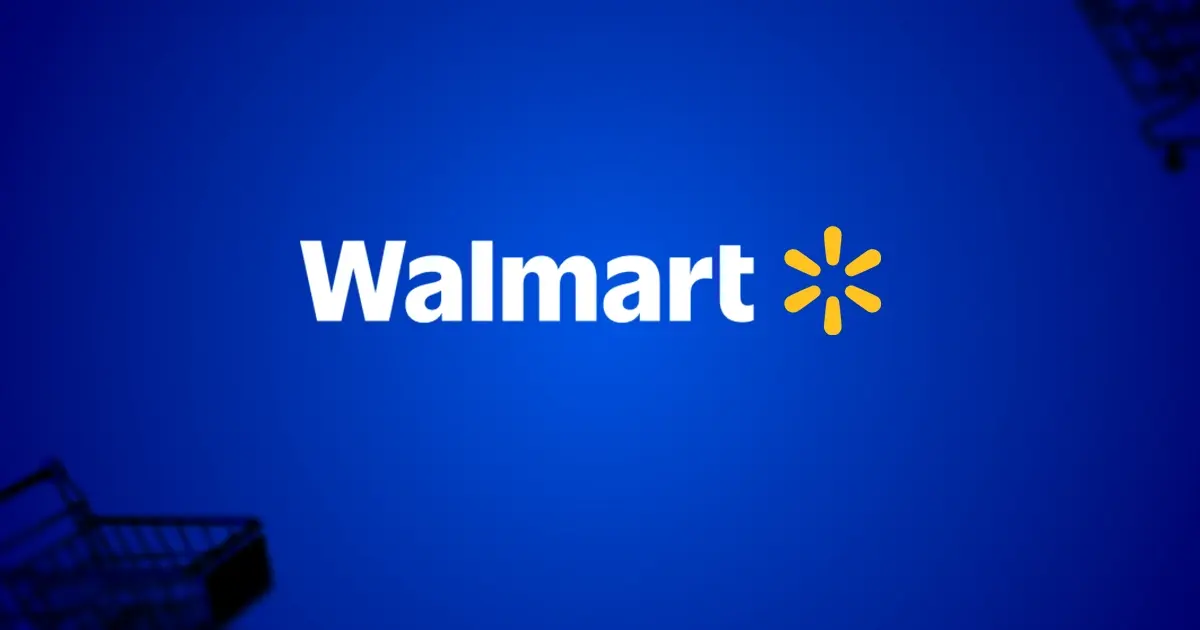
Reading Time: 2 minutesWhat’s changed Walmart has introduced a new Shipping Score metric within its…
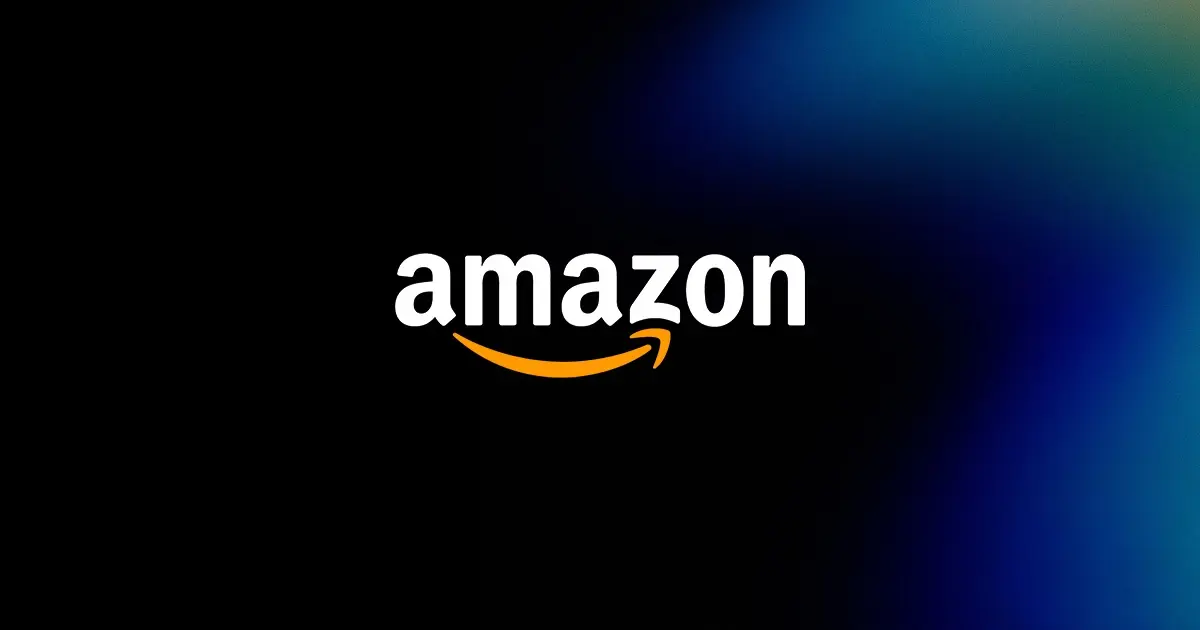
Reading Time: 3 minutesWhat’s changed Amazon has announced an additional $35 billion investment in India…

Reading Time: 4 minutesAbout the Brand: 40ParkLane LLC Studio40ParkLane is a design-led print-on-demand brand created…
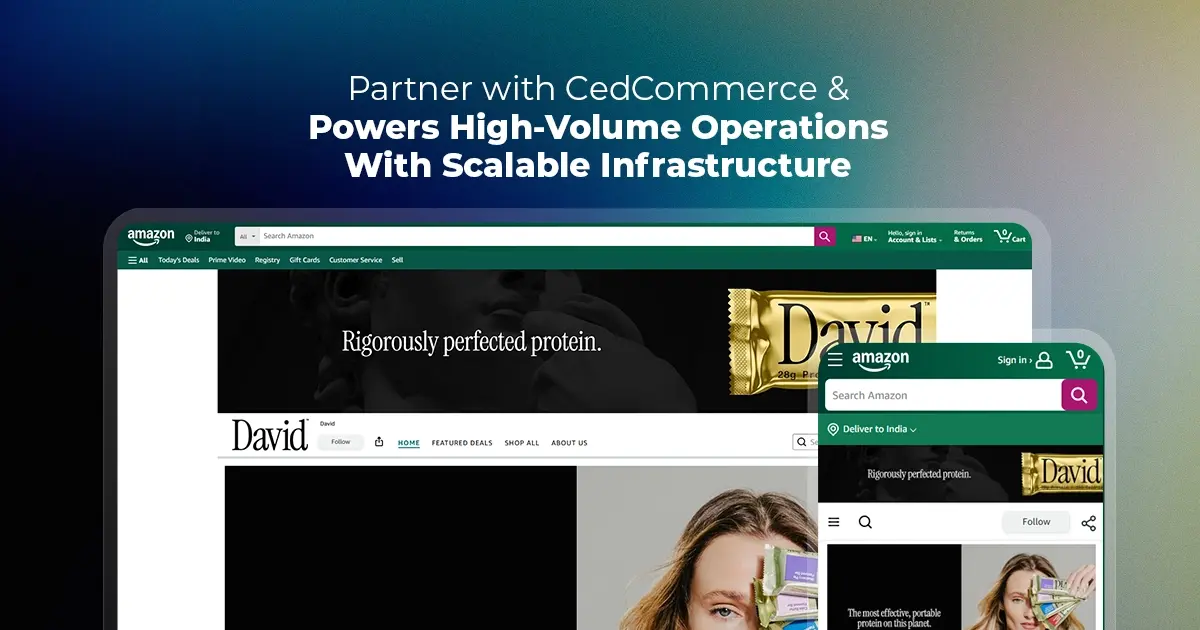
Reading Time: 3 minutesAbout the Company Brand Name: David Protein Industry: Health & Nutrition (Protein…
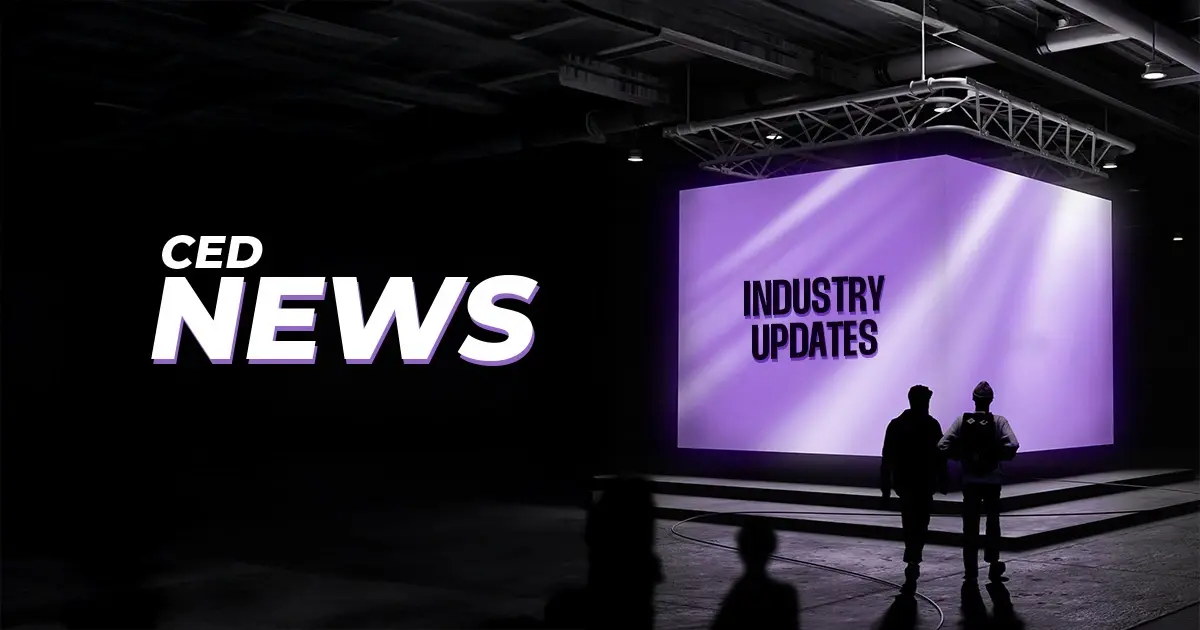
Reading Time: 3 minutesOnline retail spending in Germany is entering a renewed growth phase after…

Reading Time: 4 minutesTikTok Shop has released a comprehensive Beauty and Personal Care Products Policy,…

Reading Time: 4 minutesTikTok Shop has formally outlined comprehensive requirements for expiration date labeling and…

Reading Time: 3 minutesTikTok Shop is raising its sales commission for merchants across five active…

Reading Time: 11 minutesBy now you have seen your BFCM 2025 numbers. The harder question…
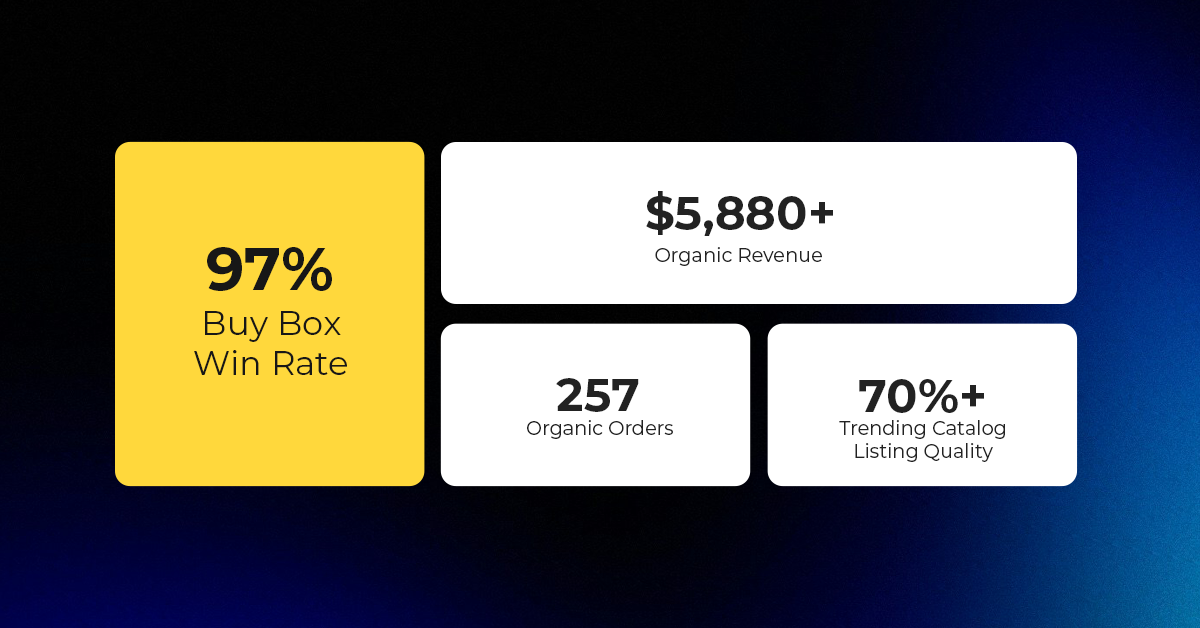
Reading Time: 3 minutesAbout the Brand Name: Vanity Slabs Inc Industry: Trading Slabs- Vanity Slabs…
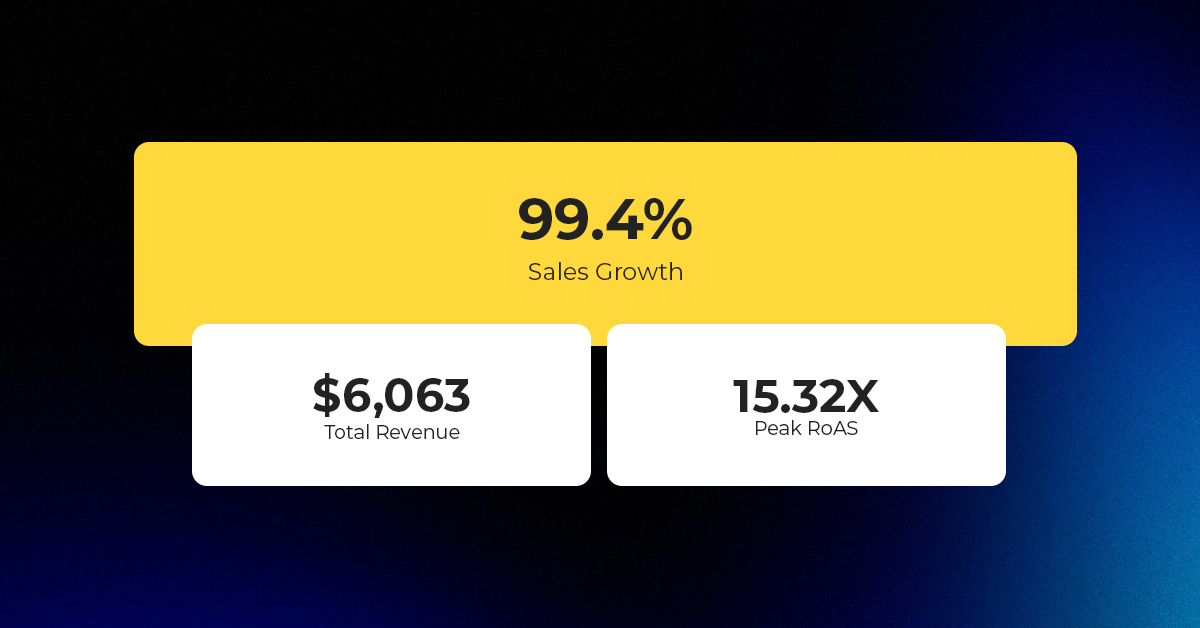
Reading Time: 2 minutesAbout the Brand Name: Ramjet.com Industry: Automotive Parts & Accessories Location: United…

Reading Time: 2 minutesAmazon is rolling out strategic referral fee reductions across five major European…
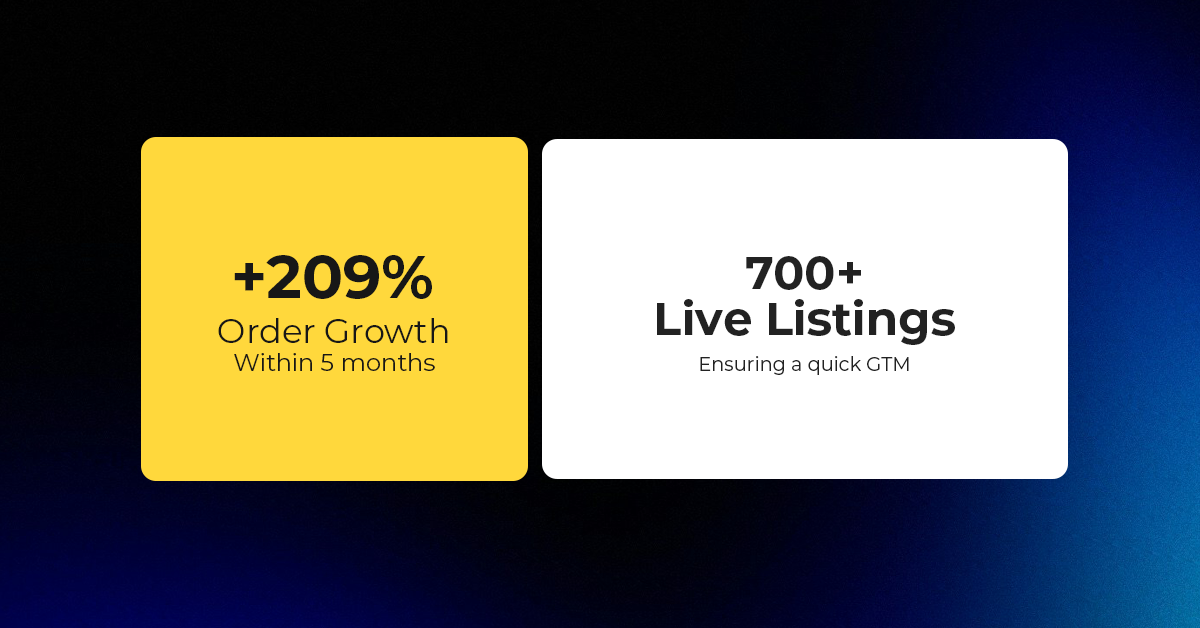
Reading Time: 4 minutesQuick Summary: Scaling Lifestyle Powersports on eBay with CedCommerce Challenge: Zero marketplace…

Reading Time: 4 minutesTikTok has surpassed 460 million users across Southeast Asia, reinforcing its position…
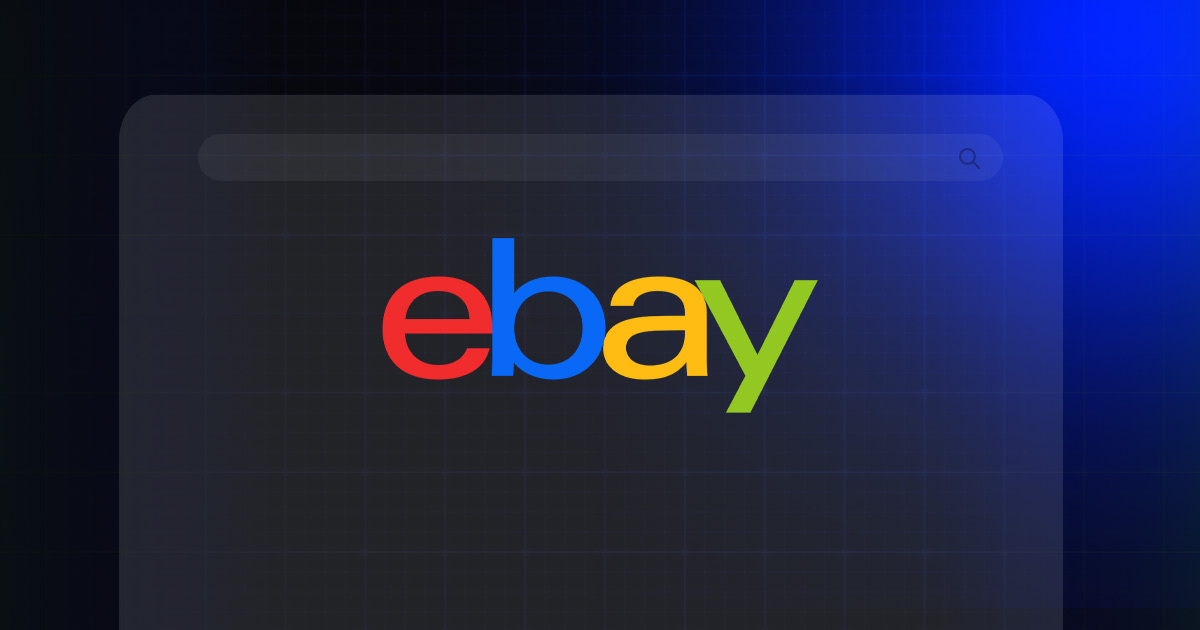
Reading Time: 3 minuteseBay has released its final seller news update for 2025, with a…

Reading Time: 3 minutesAmazon has clarified its stance regarding speculation around a potential breakup between…

Reading Time: 4 minutesWalmart is accelerating its push into next-generation fulfillment by expanding its drone…

Reading Time: 4 minutesFaire, the fast-growing wholesale marketplace connecting independent retailers with emerging brands, has…

Reading Time: 4 minutesB2B buying in the United States is undergoing a fundamental behavioral shift…